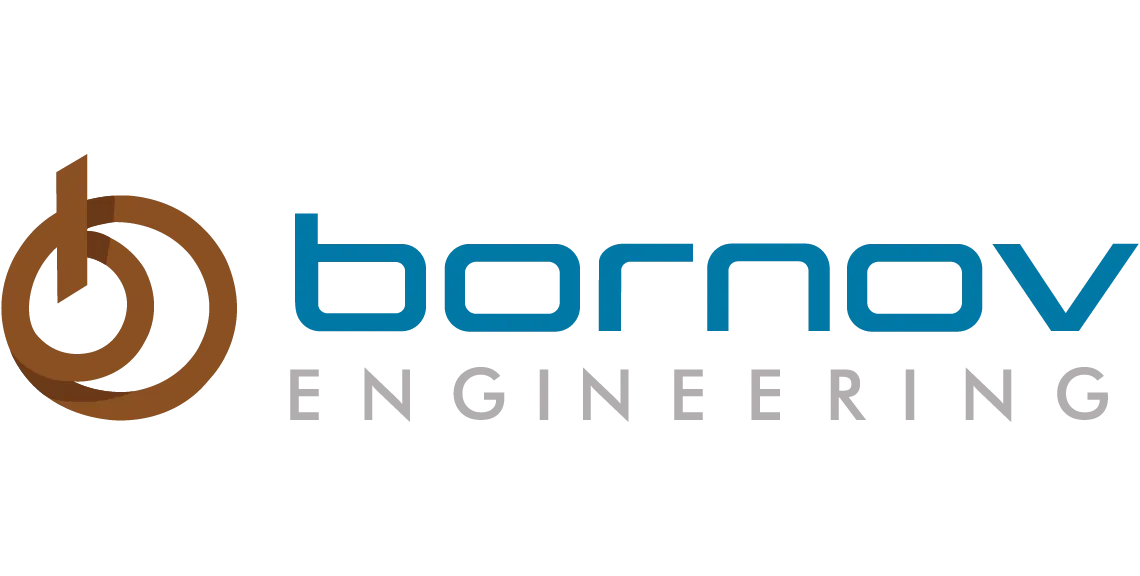5 Simple & Essential Elements for a Successful Website Design: Imagine a website like a store, just like a physical store, a website has to be designed in a way that makes it easy for customers to find what they are looking for. This post will guide you through the must-have elements of a successful website design that will turn your visitors into customers.
Here are the 5 tips you want:
- Navigation Structure: A website’s navigation structure refers to the way that the pages on a website are organised and linked together. This includes the main navigation menu, as well as any sub-menus or drop-down menus. A well-designed navigation structure makes it easy for users to find the information they need and understand the organisation of the website. This can include having a clear hierarchy of pages, using descriptive labels for links, and providing a search function. Navigation structure is important for both usability and search engine optimization (SEO). A website with a confusing navigation structure is like a store with no signs. It’s frustrating and makes customers leave. In this section, we’ll show you how to design a navigation structure that will make it easy for visitors to find their way around your website.
- Visual Design: Visual design refers to the visual elements of a website, such as layout, typography, colour scheme, and imagery. It plays a crucial role in creating a visually appealing and user-friendly website. A well-designed website can improve the user experience, increase engagement, and ultimately drive more conversions. It is essential for visual design to be consistent with the brand’s identity and goals, as well as being responsive and accessible to all users. A professional visual design can help establish credibility and trust with website visitors. A website with a bad design is like a store with dirty windows. No one wants to go inside. In this section, we will tell you some tips for creating a Visualy Apealing design fo ryour Website.
- Quality Content: Quality content refers to information on a website that is well-written, informative, and valuable to the target audience. It should be free of errors, easy to read and understand, and should provide a good user experience. Quality content can include text, images, videos, and other forms of media, and should be regularly updated to keep visitors engaged and coming back to the site. Additionally, Quality Content is SEO friendly and help to improve the website’s search engine ranking. A website with poor content is like a store with no products. It’s pointless. In this section, we’ll show you how to create engaging & quality content that will attract visitors, rank well on search engines, and convert them into customers.
- Responsive Design: Responsive design is a method of designing websites that allows them to adapt to different screen sizes and devices. This means that a website will automatically adjust its layout, images, and text to fit the screen of a user’s device, whether it be a desktop computer, tablet, or smartphone. This makes it easier for users to navigate and interact with a website, and improves the overall user experience. Additionally, responsive design improves the website’s search engine optimization and makes it easier for Google to crawl and index the website. A website that doesn’t work on mobile devices is like a store that’s only open on weekdays. In this section, we’ll show you the importents of responsive design to ensure that your website looks great on any device.
- Strong Calls to Action: A strong call to action (CTA) is a clear and compelling message that encourages website visitors to take a specific action, such as making a purchase, sign up for a newsletter, or fill out a contact form. CTAs should be prominently displayed, easy to understand, and use action-oriented language. They should also be visually distinct from the rest of the website’s content, using contrasting colours or a button format to stand out. Additionally, CTAs should be placed in strategic locations, such as on the homepage, within blog posts, or at the bottom of landing pages, to increase their visibility and effectiveness. A website with no calls to action is like a store with no cashier. No one will buy anything. In this section, we’ll show you how to use calls to action to convert visitors into customers.
These are the 5 tips. A well-designed website is like a well-designed store, it will attract customers, keep them interested, and encourage them to buy. Follow the tips in this post, and you’ll be on your way to a successful website design that will turn visitors into customers. We hope you understand this, Thank You!


